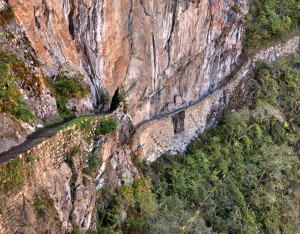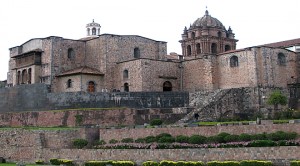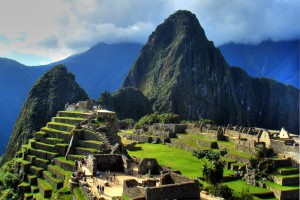Two of the most important features of a liberalized nation are the right to free speech and freedom of the press. Freedom of speech gives all citizens of a nation the right to voice an opinion or idea using their body or property. Freedom of the press allows the freedom of communication and expression of ideas through various media without state intervention. These two rights enable people to obtain information from a diversity of sources, make decisions, and communicate those decisions to the government, which in turn contributes to progress within a nation and in the world at large.
These two rights are probably the two cornerstones of a liberal society, but nonetheless, these freedoms can still be abused. Take the cases discussed in Naomi Oreskes and Erik M. Conway’s book Merchants of Doubt for example, about a loose-knit group of scientists and scientific advisors who worked to mislead the public on various issues, such as the effects of tobacco smoke on the lungs, the effects of CFCs and the effect humans and technology have on global warming.
This group of scientists worked with large industries to oppose new research that damaged the public perception of said industries. Journalists, in their constant drive for true objectivity, portrayed both sides as being two equal, legitimate arguments. This is seemingly what the idea of free press is about; an argument is formed around an issue, and the media gives equal and neutral coverage to both sides. But the problem with this was that the scientists on the side of large industries were not doing science, but instead merely drawing attention to various uncertainties in the true research on the other side. The two arguments were not equal; while one side was doing truthful, legitimate and objective research, the other was merely finding uncertainties in this science and drawing attention to them, hence creating doubt in the public.
This brings to light an interesting question: Where do we draw the line between objective research and disinformation?
In the age of the Internet, anyone with access to a computer has a way to disseminate his or her opinion to the public. In a sense, this is a big step forward for the freedom of speech, because the discussion of local, national and international issues is opened to more people, ensuring that no one is censored. But on the other hand, this means that the opinions expressed might hold no truth, as is the case with the group of scientists discussed in Merchants of Doubt.
There are a lot of ideas out there that one might not necessarily agree with, but this does not mean they are disinformation. They still deserve to be covered with the same journalistic integrity as the ideas that one does agree with, but the line between objectively researched information and disinformation seems to be very thin. Where do we draw the line between the two without censoring any arguments? How should a journalist decide what to and what not to cover? To be honest, I have no solution to these questions. It seems to me that both journalists and consumers of journalism need to take a better look at the credibility of the information that they are reading. I predict, as widespread Internet use continues to grow, this is a problem that will more and more become an important political issue.





